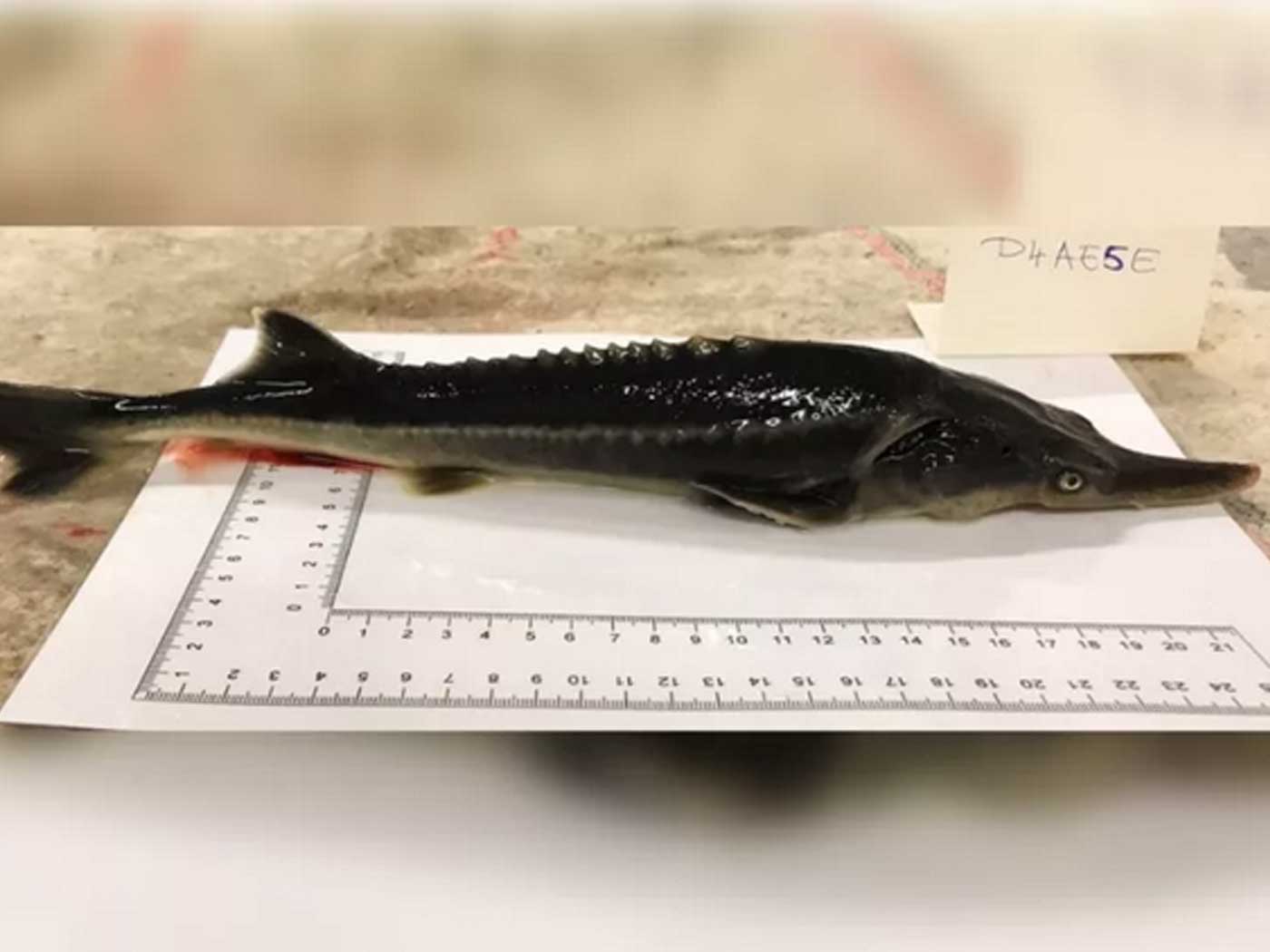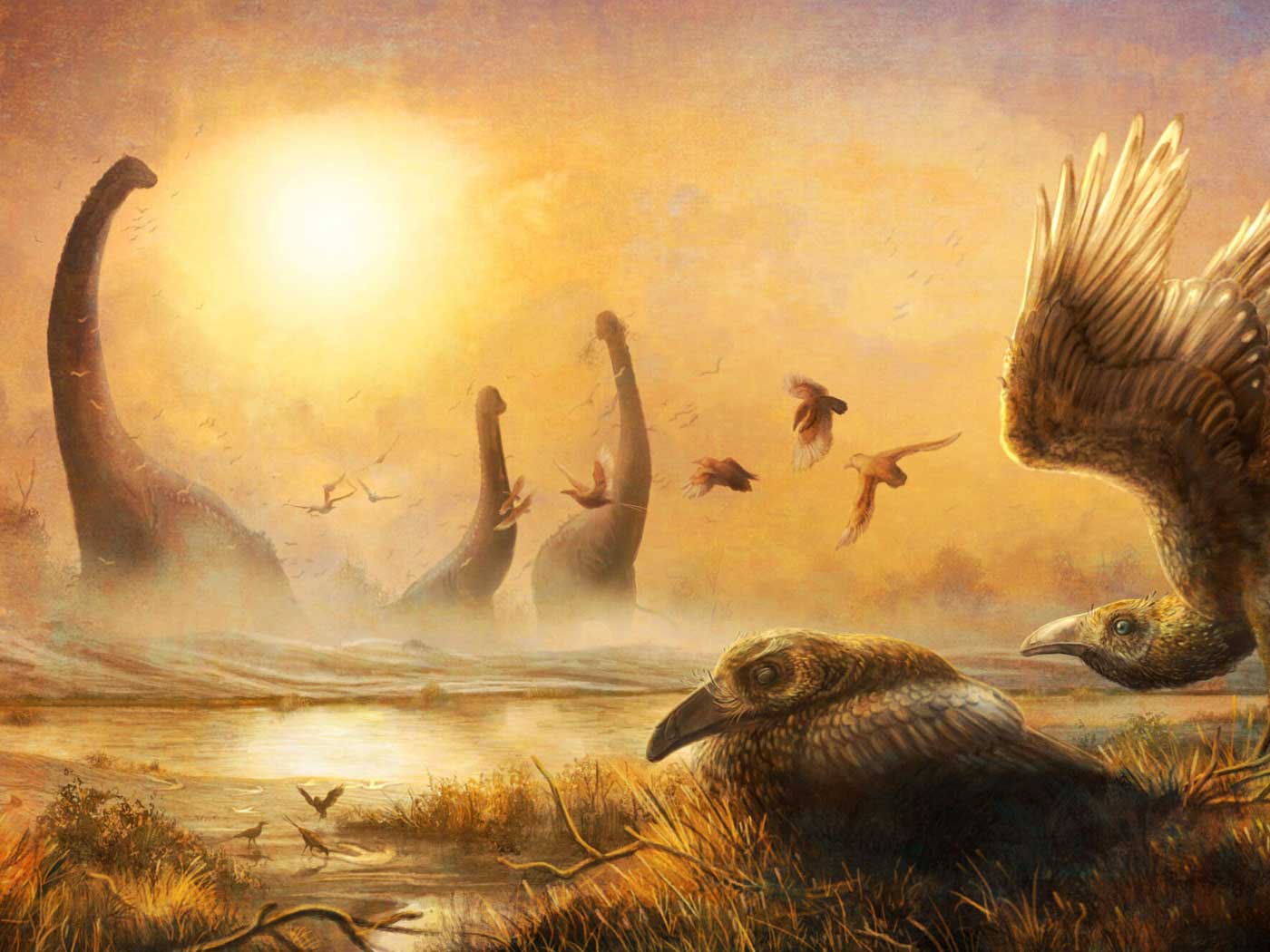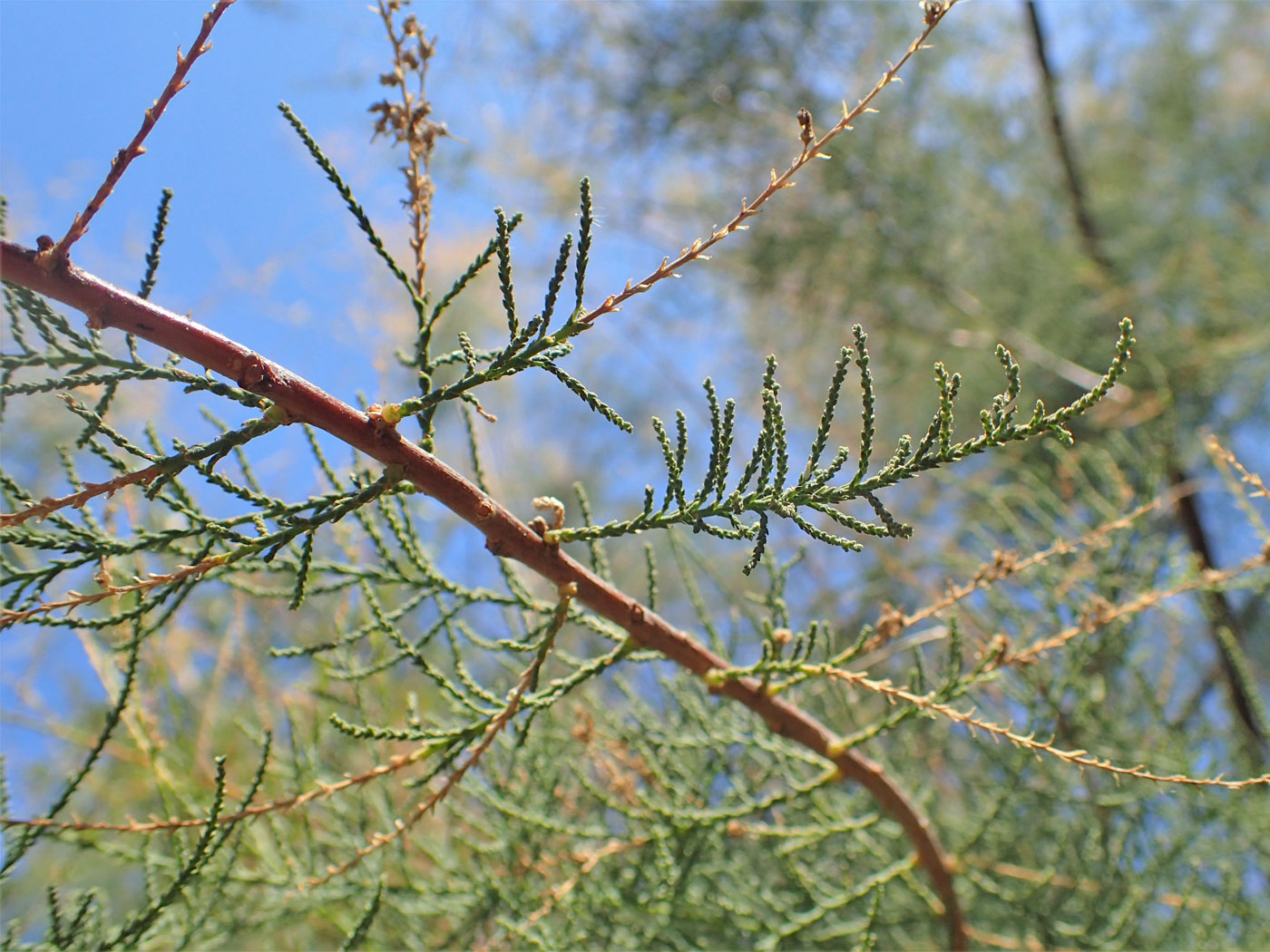A wide array of fish, amphibians, and arthropods have successfully colonized cave environments. In their cave adaptation, these creatures display complex systems of morphological, physiological, and behavioral traits that allow them to thrive in light-deficient and resource-scarce environments. One of the best-studied of these creatures is the Mexican tetra blind cavefish which is now revealing surprising and ingenious adaptive engineering that enables it to thrive in oxygen-depleted cave water.1
The tetra blind cavefish is found in at least 30 different underground cave systems in Mexico and one location in South Texas.2,3 The cavefish are nearly genetically identical to sighted surface variants that live in streams and lakes above the subterranean caves. Thus, scientists have claimed that the surface and blind cave variants (called morphs) are the same species (Astyanax mexicanus).
The cave morph displays a complete remodeling of its bodily development. This includes lack of eye development, complex enhancements for chemical and mechano-sensors, altered circadian cycles, modified neural and endocrine circuits, metabolic modifications in both metabolism and the rates at which calories are burned, and specific epigenetic modifications. While these adaptative enhancements help the fish to live in a dark and resource-scarce environment, little was known about how they dealt with the depleted oxygen levels common in cave water.
In this new study, researchers performed a detailed analysis of cavefish blood and compared it to surface fish. They found that cavefish populations display a higher concentration of hemoglobin in their blood which was correlated with an increase in erythrocyte (red blood cell) size. Both cave and surface variants had similar numbers of erythrocytes per unit of blood, but the elevated hemoglobin in the cave variants was not due to an overproduction of red blood cells, but an increase in blood cell size—allowing it to contain more hemoglobin.
In simple terms, an adaptive program built into the cavefish is supersizing the red blood cells so they can contain more hemoglobin to harvest and transport more oxygen. This response is based on sensors in the fish that detect and track available oxygen, then relay the information back into a system of internal logic that then modulates blood cell size and hemoglobin enhancement.
This new research clearly reveals an additional adaptive system in Astyanax cavefish demonstrating that complex coordinated changes between cellular architecture and biochemistry are responsible for organisms transitioning to extreme environments. Evolution (mutation and selection) is a mystical notion that has no power to explain this amazing cavefish engineering that we are only just beginning to unravel. Truly, all glory goes to our amazing Creator the Lord Jesus Christ, whose omnipotent power and eternal wisdom engineered these systems.
References
1. Boggs, T.E., J.S. Friedman, J.B. Gross. 2022. Alterations To Cavefish Red Blood Cells Provide Evidence Of Adaptation To Reduced Subterranean Oxygen. Scientific Reports. DOI: 10.1038/s41598-022-07619-0.
2. Maldonado, E., et al. 2020. Subterranean Life: Behavior, Metabolic, And Some Other Adaptations Of Astyanax Cavefish. Journal Experimental Zoology B. 334 (7-8): 463-473.
3. McGaugh, S.E., et. al. 2020. Evidence For Rapid Phenotypic and Behavioural Shifts In A Recently Established Cavefish Population. Biological Journal of the Linnean Society. 129 (1): 143-161.
*Dr. Tomkins is Director of Research at the Institute for Creation Research and earned his doctorate in genetics from Clemson University.
Oxygen-Based Adaptive Engineering in Blind Cavefish
The Latest
Was a Key to Photosynthesis Evolution Discovered?
Northern Canadian lakes were the source of recently discovered unique photosynthetic bacteria of the phylum Chloroflexota. After years of culturing,...
CREATION PODCAST
Four Moons That Indicate a Young Universe | The Creation Podcast:...
Earth has one moon, but Jupiter has many! What can we learn from our celestial neighbor's satellites? Do they indicate youth?
Host...
Creation Kids: Seeds and Sprouts
by Renée Dusseau and Susan Windsor*
You're never too young to be a creation scientist and explore our Creator's world. Kids, discover...
APOLOGETICS
Christ’s Creativity in Canyon Critters
Grand Canyon animals display many marvelous traits and behaviors as they live life in that harsh habitat. These canyon creatures succeed thanks to the...
Standing Against False Science
I’m Michael Stamp, and I’m in my 12th year as an editor at the Institute for Creation Research. It’s always an encouragement to see...
Oysters and Pre-Flood Longevity
The oyster species Crassostrea virginica, also known as the eastern oyster, is a prized seafood. Research has demonstrated that a fossil version of...
Galápagos Finches: A Case Study in Evolution or Adaptive Engineering?
A group of birds known as Darwin’s finches live in the Galápagos Islands, which are located in the Pacific Ocean 600 miles west of Ecuador....
Hot Springs National Park: Hydrothermal Springs Formed By The...
Hot Springs National Park is located about an hour southwest of Little Rock in the folded Ouachita Mountains of central Arkansas. It is the second smallest...
Why Biology Needs A Theory of Biological Design—Part 2
“Based on a true story” is included by movie producers to add authenticity, importance, and a flair of anticipation. So, my account of how...
Marine Fossil Tapeworm Is Still a Tapeworm
The Flood was both sudden and rapid. The burial of creatures—including delicate plants and soft-bodied animals like jellyfish1—occasionally...























